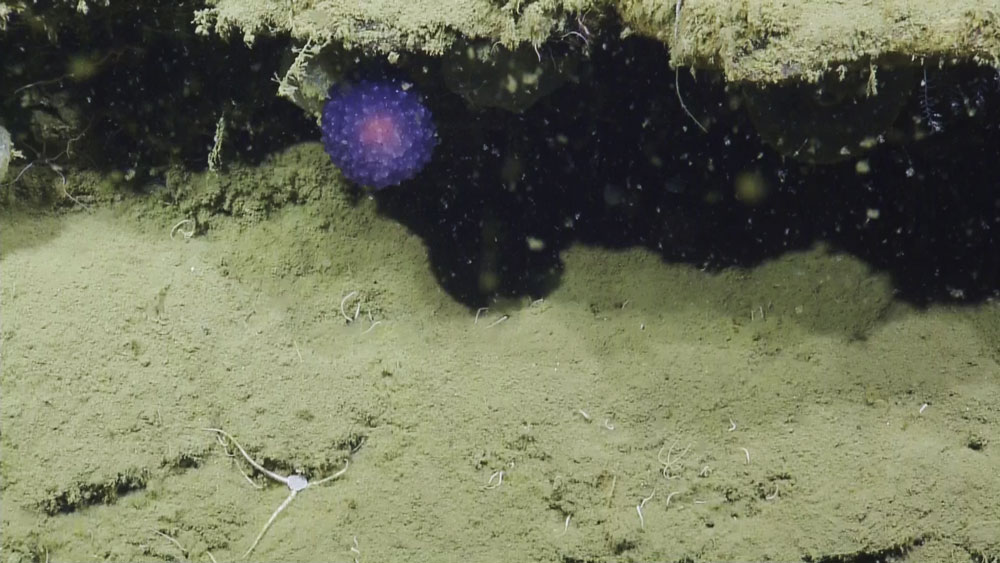Read a recap of the 2020 expeditions to national marine sanctuaries in collaboration with Ocean Exploration Trust and the E/V Nautilus.
NOAA's Office of National Marine Sanctuaries is teaming up with Ocean Exploration Trust to explore the marine ecosystems of the West Coast Region. Working aboard the Exploration Vessel (E/V) Nautilus, scientists will map and explore sanctuary sites along the Washington and California coasts.
Researchers from Olympic Coast, Greater Farallones, Monterey Bay and Channel Islands national marine sanctuaries will conduct mapping operations and use remotely operated vehicles (ROVs) to investigate seafloor habitats of the sanctuaries. You can watch the livestream here.
The NOAA Office of Ocean Exploration and Research provides support for the complementary ocean exploration program of the E/V Nautilus, which operates under a similar paradigm as the NOAA ship Okeanos Explorer.
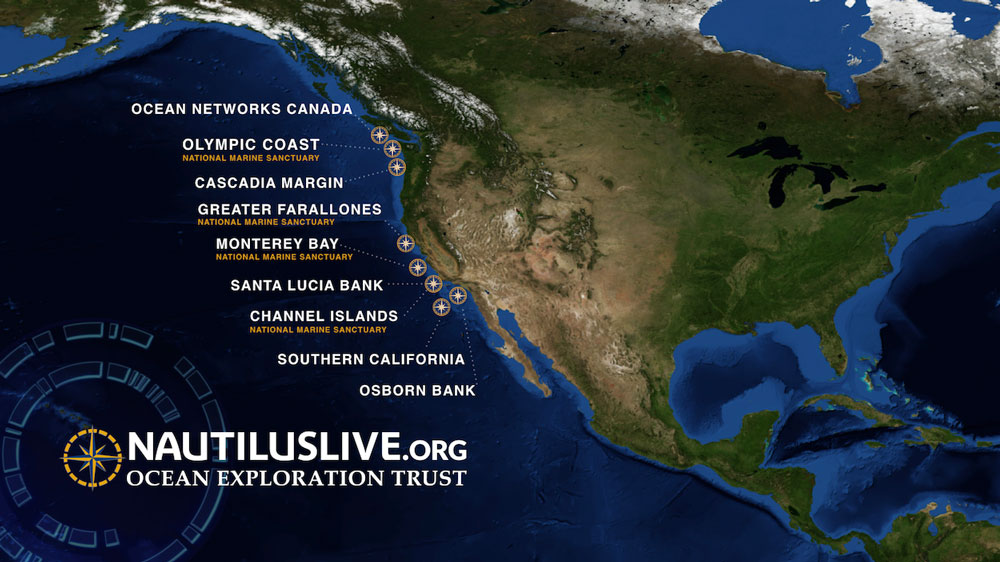
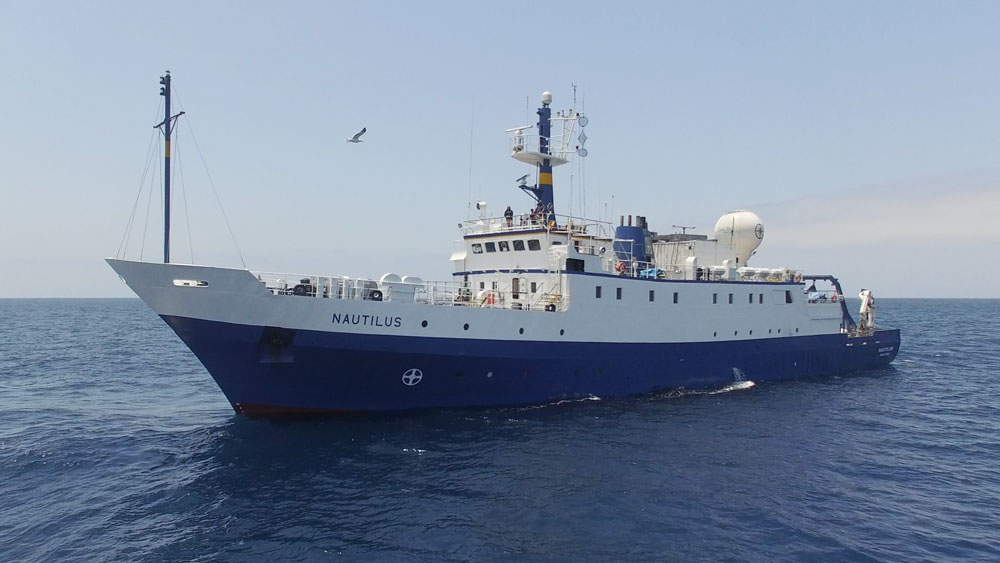
The E/V Nautilus is equipped with telepresence technologies, which will allow scientists from around the world to participate in and contribute to the success of this mission. Plus, these technologies will bring the National Marine Sanctuary System and ocean science to classrooms and the public, as viewers across the country can directly engage with mission staff and operations.
For a full run-down of Ocean Exploration Trust's 2020 expedition and to watch live video, visit nautiluslive.org. Learn about Ocean Exploration Trust’s work in national marine sanctuaries in 2019 here. Read on for details about the expedition's voyages into your national marine sanctuaries.
You can follow the expedition on the NOAA Office of National Marine Sanctuaries social media channels for updates, photos, and video.
2020 expedition dates are subject to change. Please see Ocean Exploration Trust’s website for additional information.
Olympic Coast National Marine Sanctuary & Gradients of Blue Economic Seep Resources
Dates: September 20-30, 2020
Lead Scientists: Dr. Nicole Raineault, Ocean Exploration Trust, Jenny Waddell, Olympic Coast National Marine Sanctuary, Dr. Andrew Thurber, Oregon State University
Area of exploration: Olympic Coast National Marine Sanctuary, off of Washington state
Dr. Andrew Thurber of Oregon State University and Jenny Waddell, Research Coordinator at Olympic Coast National Marine Sanctuary co-led this expedition to explore, investigate, and sample biological communities in and around deep canyon features of the Pacific Northwest coast, including deep-sea coral, sponge, and fish communities. They also investigated biological communities associated with some of the more than 2,000 methane seep and hydrate locations that have been identified in this region over the past decade.
Activities focused on deep-sea canyon communities in and adjacent to Quinault Canyon, which lies partially within sanctuary boundaries and also within the protected 'usual and accustomed' harvest areas for the Quinault Indian Nation, a sovereign tribal government. ROV work focused on exploration of hard-bottom habitats within Quinault Canyon, as well as seafloor habitats within Grays Canyon, which lies approximately 20 miles south of the sanctuary.
Scientists observed deep-sea corals, sponge, and fish habitats, as well as unique organisms associated with more than 2,000 methane seep and hydrate locations identified in this region over the past decade. Diving at depths between 1200 and 4200 feet, scientists came across bright pink bubblegum corals seemingly suspended in the water column as they hung off of the canyon walls, sheltering the delicate brittle stars nestled within their branches. Theft documented incredible footage of deep-sea rough tail skates with spines along their wings and backs, "floofy" paragorgia corals with polyps fluttering in the current, thorny headed fish and propelling shrimp that call igloo-like glass sponges home.
Olympic Coast National Marine Sanctuary was designated in 1994 and encompasses nearly 3,200 square miles of coastal and ocean habitats along the wild, remote, and scenic Olympic Coast of Washington State.
Watch a recording of a Nautilus Live event.
Highlight reel: cliffs, currents, and corals of the Olympic Coast National Marine Sanctuary.
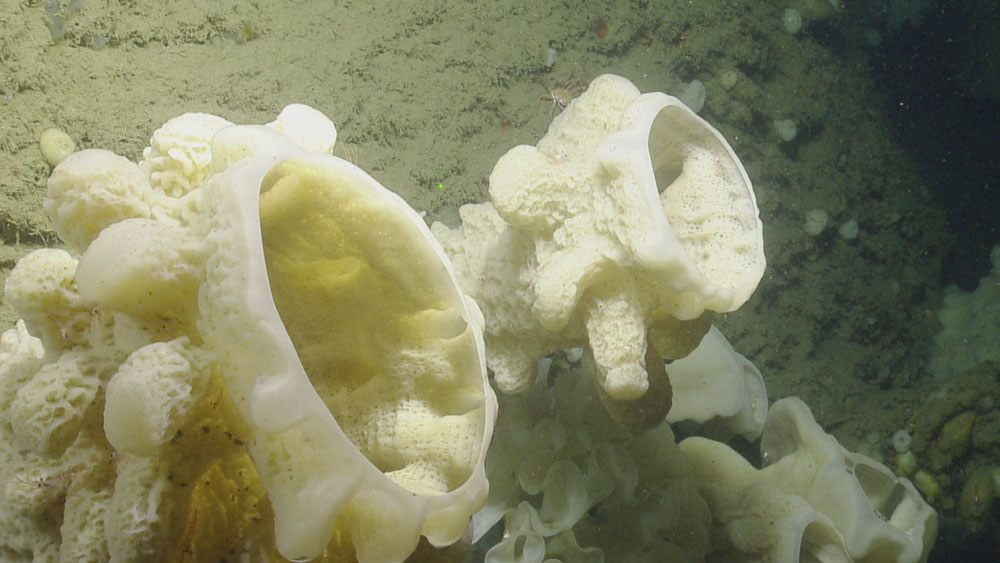
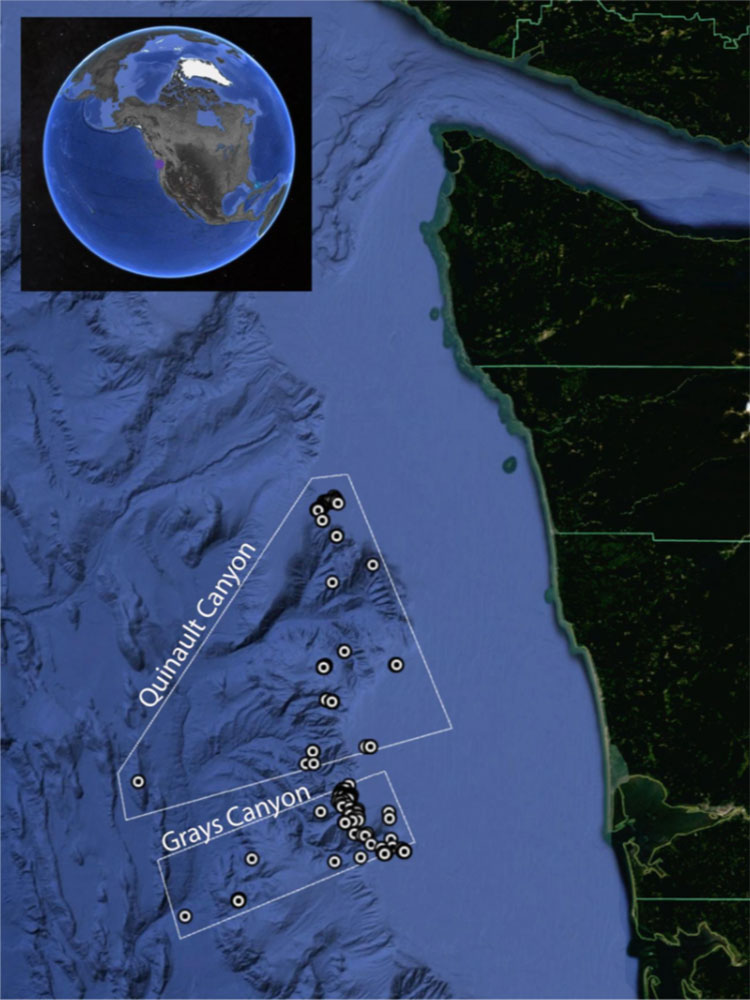
Monterey Bay National Marine Sanctuary
Dates: October 3-15, 2020
Lead Scientists: Dr. Nicole Raineault, Ocean Exploration Trust, Chad King, Monterey Bay National Marine Sanctuary, Jan Roletto, Greater Farallones National Marine Sanctuary
Area of exploration: Monterey Bay National Marine Sanctuary, off of California
This joint expedition will visit three distinct areas of Monterey Bay National Marine Sanctuary, one of the world’s most productive and biologically rich ocean areas, protecting more than 700 species of fish, marine mammals, seabirds, and invertebrates. Scientists will map, conduct ROV video dives, and collect specimens to aid in characterization of benthic environments. They will revisit the octopus garden discovered on E/V Nautilus expeditions in 2018 and 2019 on the southeastern flanks of Davidson Seamount, a nearby whale fall, previously unexplored linear ridges south of Davidson Seamount, and Pioneer Canyon.
Pioneer Canyon is in the northern portion of Monterey Bay National Marine Sanctuary, administered by staff at Greater Farallones National Marine Sanctuary. The head of the canyon is west of Half Moon Bay, and ranges in depth from 500 feet to more than 6,000 feet. Over the next several years, scientists will characterize and study the habitats and species of Pioneer Canyon.
Known as the "Serengeti of the Sea," Monterey Bay National Marine Sanctuary was established for the purpose of resource protection, research, education, and public use. Human uses include commercial fishing and recreational activities like diving, kayaking, boating, and surfing.
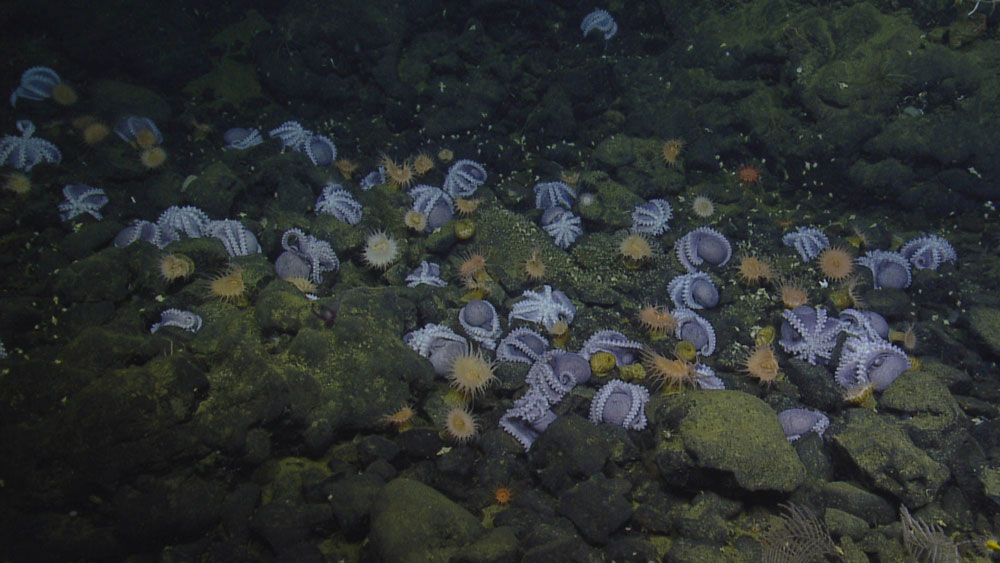
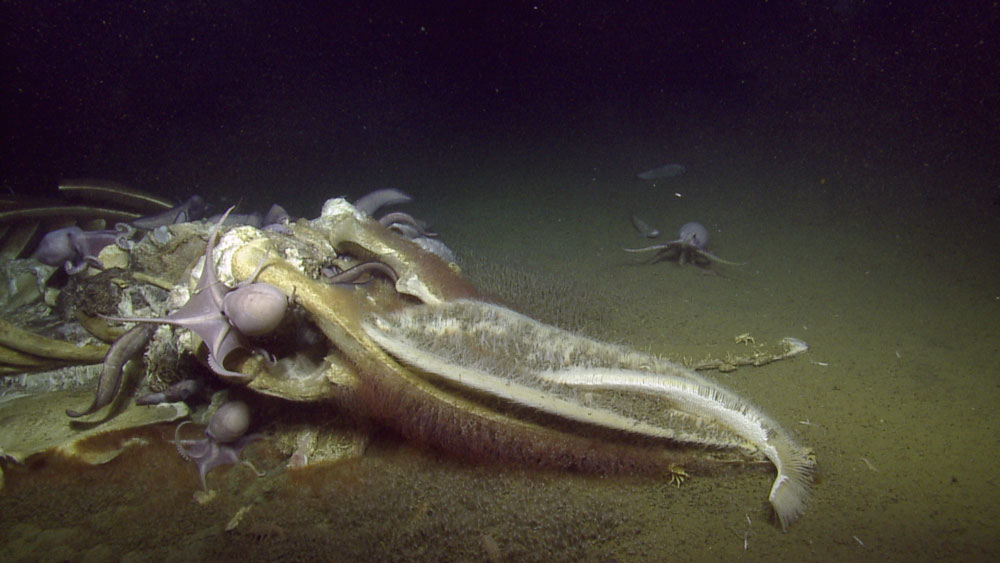
Channel Islands National Marine Sanctuary and Santa Lucia Bank
Dates: October 17-25, 2020
Lead Scientists: Dr. Nicole Raineault, Ocean Exploration Trust, Chris Caldow, Channel Islands National Marine Sanctuary, Lizzie Duncan, Channel Islands National Marine Sanctuary, Lisa Wooninck, NOAA Office of National Marine Sanctuaries
Area of exploration: Channel Islands National Marine Sanctuary, off of California
Seafloor mapping, visual surveys, and sample collections during this Nautilus mission will strengthen our understanding of the presence, distribution, condition, and connectivity of deep-sea coral and sponge habitat off the west coast.
The E/V Nautilus has been an instrumental part of the Southern California Seafloor Mapping Initiative and has mapped a number of high-priority footprints around the Channel Islands in the past. Better maps and habitat characterization will help guide the management of Channel Islands National Marine Sanctuary.
